Image Video



21st International Conference on Soil Mechanics and Geotechnical Engineering





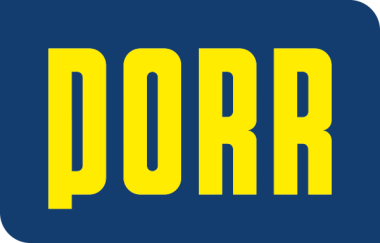

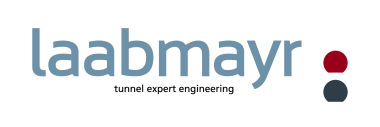
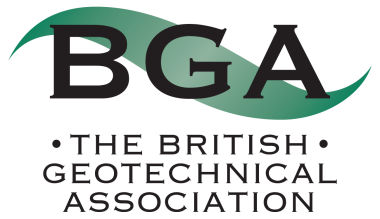









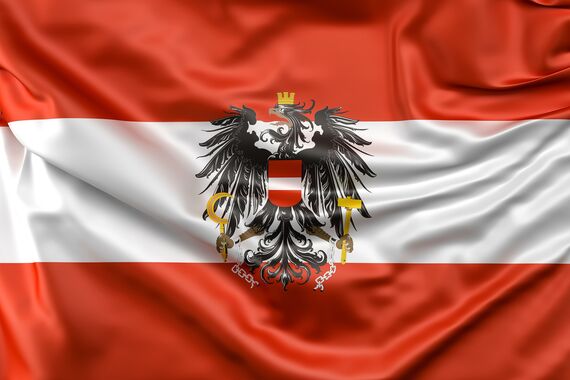
The Republic of Austria is a Central European country with around 9.2 million inhabitants. The neighbouring countries are Germany and the Czech Republic to the north, Slovakia and Hungary to the east, Slovenia and Italy to the south and Switzerland and Liechtenstein to the west. Austria is a mountainous country in which the Eastern Alps cover around two thirds of the land area, which is why the country is also known as the Alpine Republic.
Austria is a popular vacation destination that offers a wide range of sporting activities, cultural city breaks and relaxing vacations in the country side in both summer and winter.
Vienna, the capital of Austria, is located in the east of the country on the Danube.
The city's artistic and intellectual heritage has been shaped by residents such as Mozart, Beethoven and Sigmund Freud. The city is also known for its imperial palaces such as Schönbrunn Palace, the summer residence of the Habsburgs. In the MuseumsQuartier, works by Egon Schiele and Gustav Klimt, among others, can be seen in historic and modern buildings.
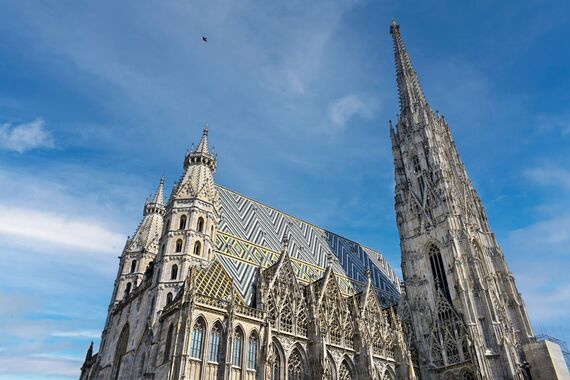
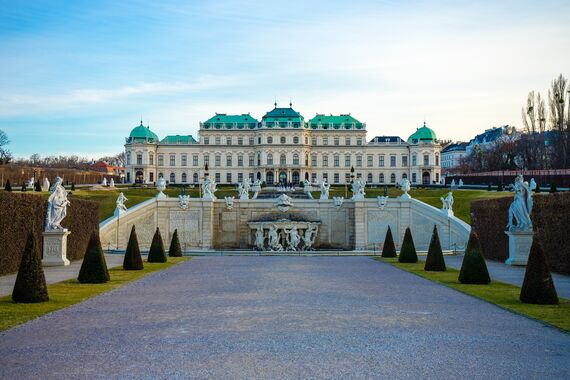

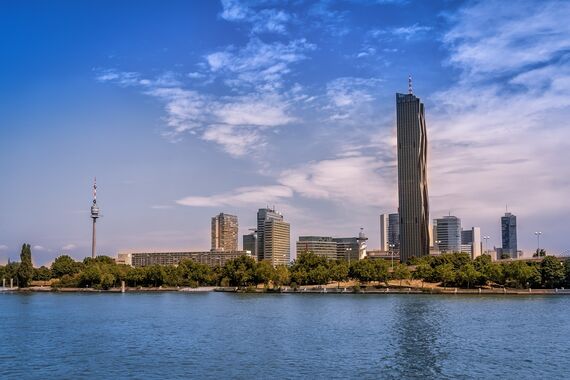
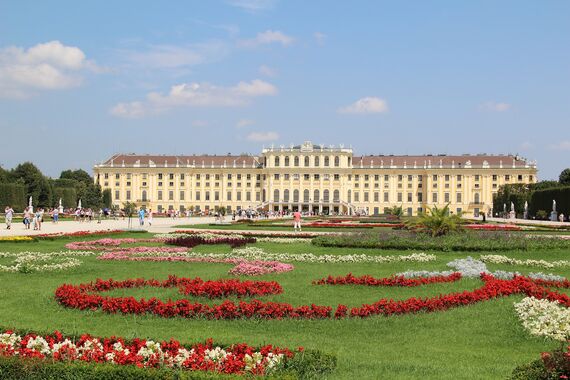
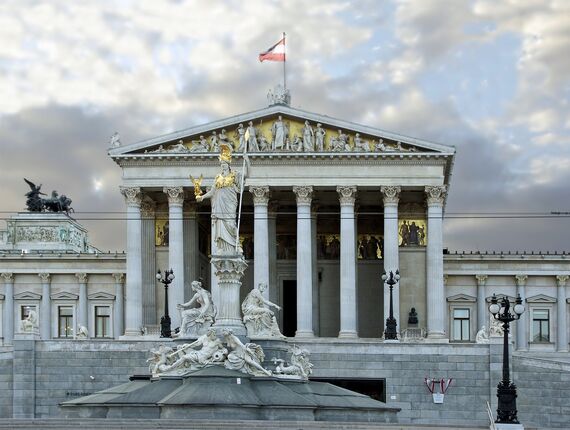
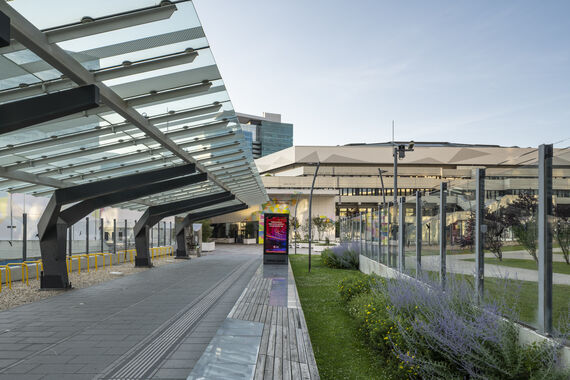
The US magazine TIME voted Vienna one of the "World's Greatest Places of 2023". The Union of International Associations (UIA) ranked Vienna 2nd in the international congress ranking.
The unmistakable charm - a blend of imperial flair, music by world-famous composers and the finest delicacies - will make your heart beat faster.
Arriving by air
You can choose between the following transfer options when travelling from the airport: The non-stop City Airport Train (CAT) service will take you to the centre of Vienna in 16 minutes, and it only takes 30 minutes on the standard rail service. The airport express bus takes around 30 minutes to reach the Austria Center Vienna. You can also reach the ACV by taxi in 25 minutes.
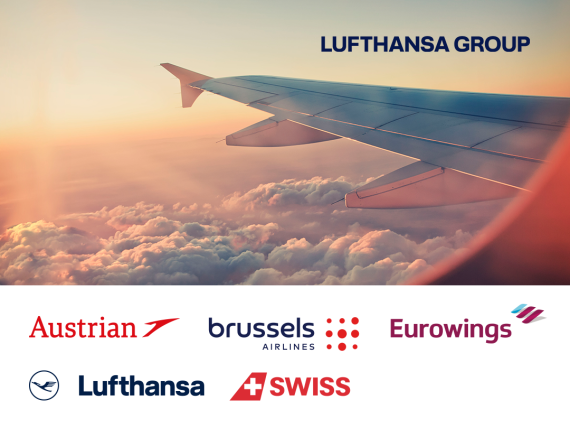
Connecting people – your official Lufthansa Group airline network
Benefit from the cooperation with the Lufthansa Group airlines (Lufthansa, SWISS, Austrian, Brussels Airlines, Eurowings, Edelweiss, Discover) and optimize your travel costs. The extensive route network with around 310 destinations worldwide, as well as transatlantic flights operated by Air Canada and United are available to you.
Click here https://www.lufthansa.com/event/icsmge-2026 and the discounted rates will be displayed. They are valid for flights up to one week before and one week after the event.
We look forward to welcoming you on board!
Travelling by train
Vienna has excellent train connections to all major European cities, especially with night trains. From the train stations you can easily reach the ACV by public transport: Vienna Central Station (subway line U1 - in 20 minutes without changing), West Station (subway line U3 and U6) and Praterstern (subway line U1).
Travelling by public transport:
Vienna offers a dense public transport network consisting of subway lines, tram lines, and over 100 bus lines. Waiting times are short – 3 to 5 minutes during peak hours. From the U1 station "Kaisermühlen-VIC," you can reach the ACV in a few minutes. From the ACV, you can reach the U1 station "Stephansplatz" in just 7 minutes.
Travelling by car
Austria has an excellent motorway and road network. To get to the Austria Center Vienna by car, take the A22 motorway and turn off at the Austria Center Vienna/VIC (Vienna International Center) exit. Alternatively, take the Reichsbrücke bridge or approach from Wagramer Strasse. There is ample private on-site parking and 18 electric charging stations.
The Kaiserwasser is captivating, memorable, a quiet place. And yet close to the city. The Vienna International Centre, with the United Nations Office, and Austria Center Vienna, a conference and exhibition space, are just across the street, with St. Stephen’s Cathedral just ten minutes away.
Check in and switch off. Savour moments of relaxation in front of the modern skyline along the Danube. Our sun terrace is the perfect spot for invigorating green views. After a successful day full of meetings and conferences, unwind in the spa and fitness area or just let your feet dangle from the wooden landing by the water.
In the immediate vicinity of the congress centre:
Recommendations for hotels in the city centre, environmentally certified, are listed here:
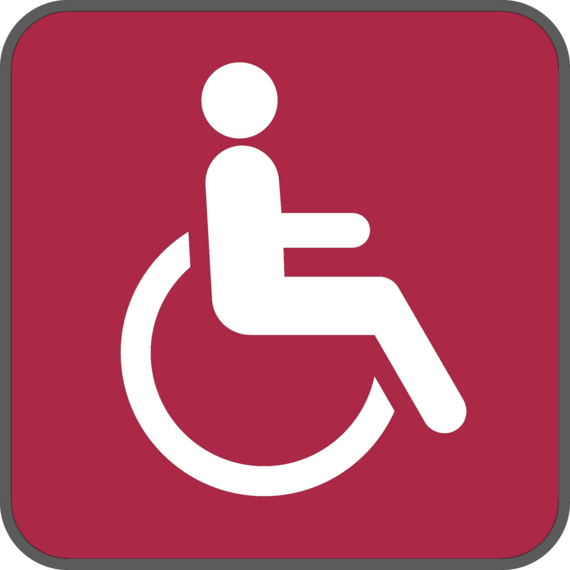
The Vienna City Administration continuously strives to offer a number of different services for people with special needs, ranging from accessible sidewalks to the special markings in underground stations for the visually impaired.
VIENNA AIRPORT / CAT (CITY AIRPORT TRAIN)
The Vienna airport is 100% barrier-free. Pictograms and guidance systems help to orientate. The airport and airlines offer a special mobility service 24 hours a day and free of charge.
The City Airport Train operates between the railway station “Wien-Mitte” in the city centre and the Vienna Airport and is completely barrier-free. There are no steps into the train and two wheelchairspaces are available in every CAT train.
PUBLIC TRANSPORT
“Low floor” vehicles operate frequently. Displays at the streetcar stations have a blinking wheelchair symbol showing when the next “low floor” streetcar will depart. Vienna’s subway system is well-equipped for guests with disabilities and special needs. All subway stations and trains are almost entirely wheelchair-accessible. Almost all stations have “guiding strips” for the visually impaired, showing the way to stairs, escalators and elevators. All of the stations can be accessed by wheelchair via elevator or ramp.
HOTELS AND PENSIONS
The hotels in Vienna have taken great efforts in offering guest rooms and public areas that fulfill special needs. A detailed list of all services offered by hotels in Vienna can be found on www.roomchooser.com and on the Vienna Tourist Board’s website www.wien.info/en/travel-info/accessible-vienna.
VIENNA’S SIGHTSEEING ATTRACTIONS
There are more than 100 major museums and sights in Vienna and most of them are accessible for guests with special needs. Vienna’s museums have found a number of ingenious ways to make their exhibitions more accessible to visually these visitors.

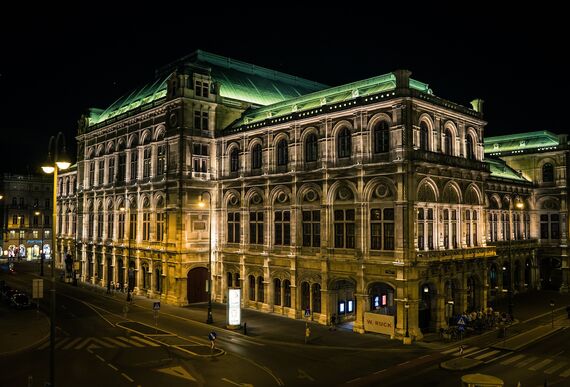
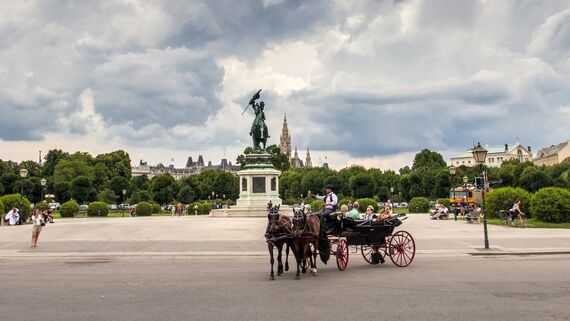
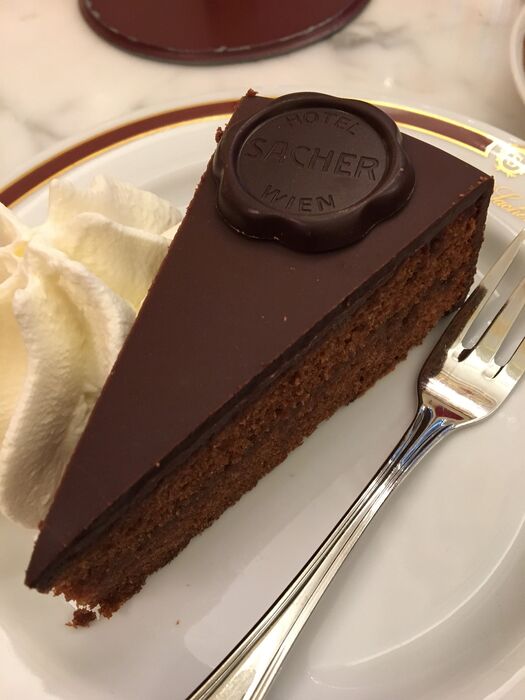
Vienna, the capital of Austria, is a fascinating mix of imperial splendor, cultural wealth and modern lifestyle. Here is some basic tourist information:
Vienna is known for its rich cultural scene with classical music (especially by Mozart, Beethoven and Strauss), art galleries, museums and theaters.
Viennese cuisine is famous for dishes such as schnitzel, Sachertorte, apple strudel and Viennese coffee houses.
From luxury boutiques to traditional markets, Vienna offers a variety of shopping opportunities for every taste.
Despite its urban surroundings, Vienna also has many green spaces and parks, including the Vienna Prater and Schönbrunn Palace Park.
This information gives a brief overview of Vienna, but there is much more to discover and experience in this fascinating city.
Official website of Vienna Tourism: www.wien.info
A special sightseeing programme is organized for accompanying persons! You can find it at
The iVie app is the city guide app for Vienna, offering exciting stories about attractions, walks, and insider tips.
This app is continually updated with new tips and routes around Vienna. Usage is free of charge.
The Belvedere is not only a magnificent Baroque palace. As a museum it also houses one of Austria's most valuable art collections – with key works by Gustav Klimt, Egon Schiele and Oskar Kokoschka.
Prince Eugene of Savoy (1663-1736), successful general and art connoisseur, had Belvedere garden palace built by Johann Lukas von Hildebrandt as his summer residence – at the time it was still outside the gates of the city.
This baroque architectural jewel consists of two palaces (Upper and Lower Belvedere), which today house Austrian art from the Middle Ages to the present day.
Upper Belvedere - World's biggest Klimt collection and "The Kiss"
The heart of the Belvedere collection is formed by the 24 paintings of Gustav Klimt with his golden images "The Kiss" and "Judith". Klimt's "The Kiss" in particular is world-famous. The 180 x 180 cm painting was created in 1908/09 and shows Klimt and his muse Emilie Flöge as a couple in love. "The Kiss" is probably Austria's most famous work of art. Klimt's portraits of women also impress and be marveled at in the Upper Belvedere.
The permanent exhibition was completely redesigned at the beginning of 2023: "Picture this! The Belvedere Collection from Cranach to EXPORT" extends throughout the entire palace in the wonderful Baroque ambience, and shows the highlights of the collection together with new additions and works from the holdings. On show is Austrian art in the context of the creative work of international artists of their time. It includes Austrian highlights from the Middle Ages and Baroque, while the icons of Vienna Modernism meet greats like Claude Monet, Vincent van Gogh, and Auguste Rodin. Around 400 works recount 800 years of art history. The show collection also looks in depth at the interactions between art and society.
Lower Belvedere and Baroque garden
While the Upper Belvedere was all about representation, the Lower Belvedere acted as the residential palace of Prince Eugene. The lavish splendor of the owner is reflected in the Groteskensaal (Hall of the Grotesque), the Marble Gallery and the Golden Room. Special exhibitions are held in the Lower Belvedere and the Orangery. Nowadays, medieval art can be marveled at in the sables where the prince's horses once stood.
The gardens of the Belvedere are a highlight of Baroque landscape architecture. A reflecting pool was created in front of the place, in which the building's façade is reflected. The large terraces with ponds connect the Upper to the Lower Belvedere. The Kammergarten was originally reserved only for the man of the house and his closest associates. The Alpine Garden in the palace park is the oldest in Europe.
Perfect for families: Since 2023, you can chase the so-called "Fantastic Palastics" in the park. Use this augmented reality game to find the animals that inhabited the Belvedere back then when Prince Eugene lived here. All you need is your smartphone. For everyone eight years and older.
Here’s a tip for families: 2023 saw the launch of the “Fantastic Palastics” game in the Palace Park. This augmented reality game involves hunting around for animals that inhabited the grounds of the Belvedere during Prince Eugen’s lifetime. The only thing you need to play the game is a smartphone. For children aged 8 and above.
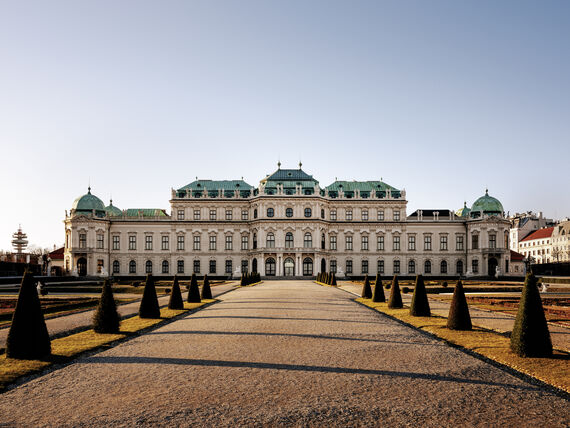
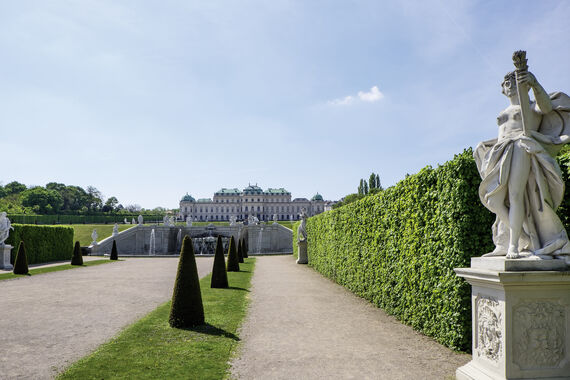

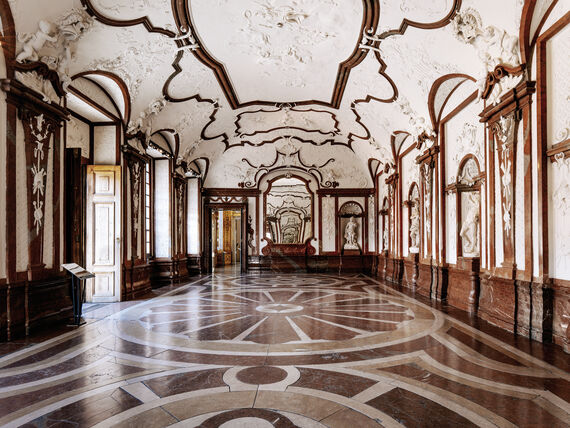
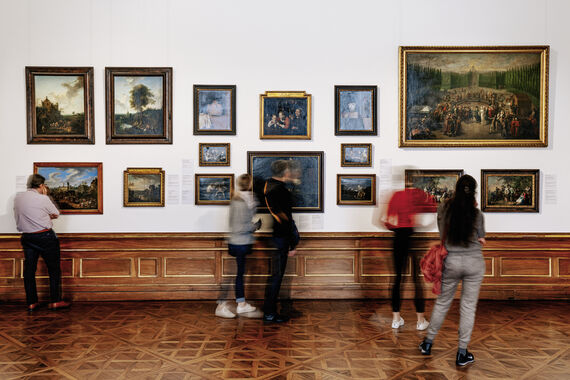
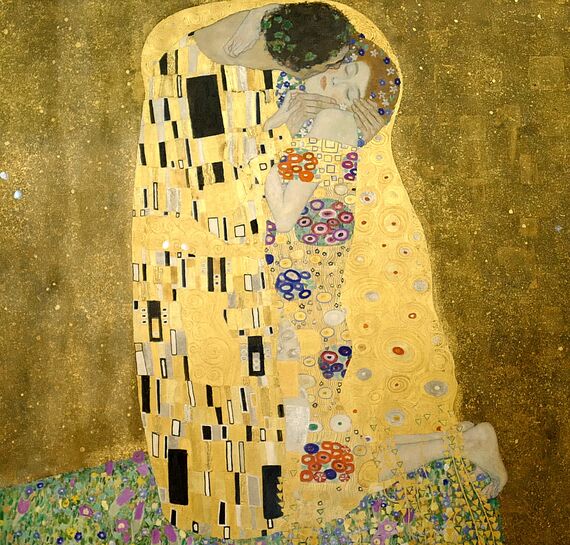
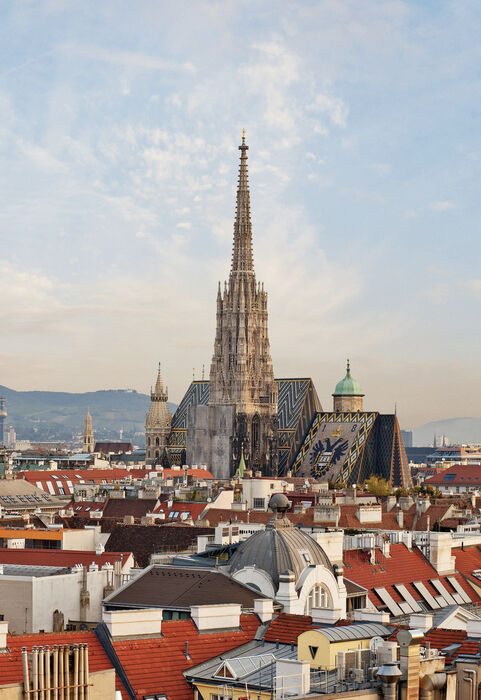
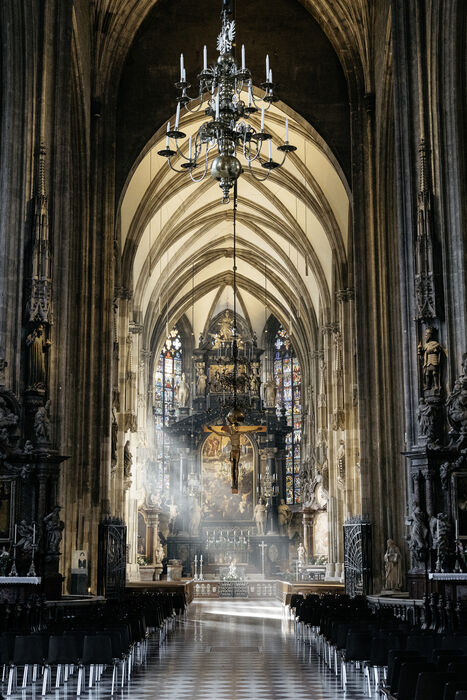
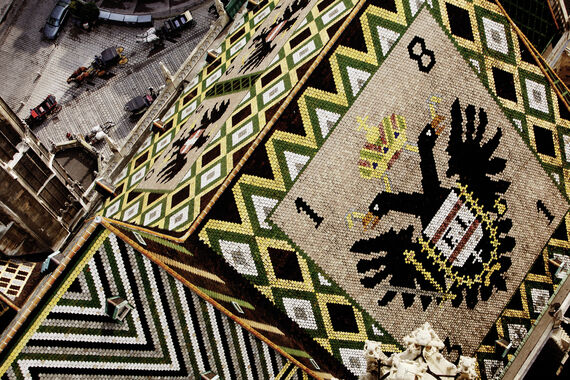
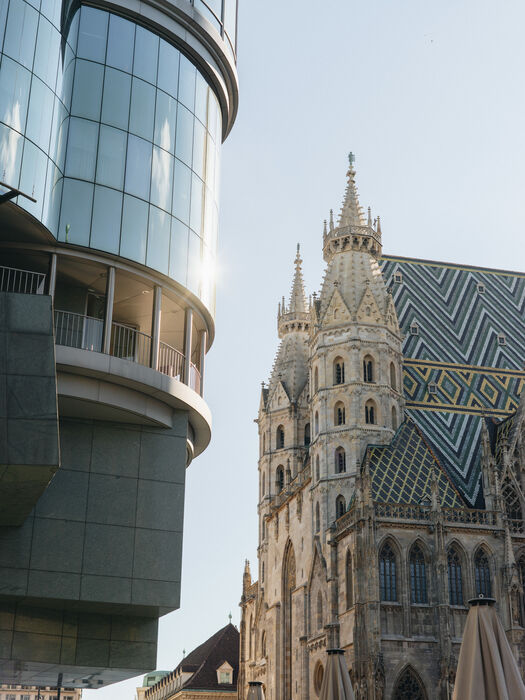
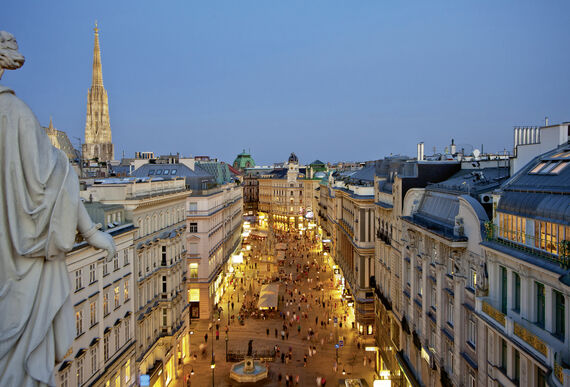
The symbol of Vienna and Austria's most important Gothic building holds a series of artistic treasures, some of which can be viewed on a tour: e.g. the tomb of Emperor Friedrich III, the Vienna Neustadt altar, the catacombs, the Pummerin - Austria's largest bell, etc.
Splendor and glory in the heart of the inner city: Marvel at the private apartments and stunning staterooms of the former imperial family, and discover the many museums and collections of the Imperial Palace.
For more than seven centuries, the empire of the Habsburgs was ruled from here. Even after the monarchy, it remains the official seat of the Austrian head of state – the federal president. From the 13th century onwards, the Habsburgs expanded this huge palace in stages to a total floor area of over 300,000 m2. Vienna's Imperial Palace is thus one of the biggest integrated palace complexes in the world.
Historically developed complex
The Gothic Hofburg Chapel, where the Vienna Boys' Choir performs during High Mass every Sunday, is a lasting reminder of the original medieval castle. The oldest part still in existence is the Swiss Wing with the imposing red-and-black Swiss Gate. Directly connected to it is the Amalienburg and the Leopold Wing, which today houses the official seat of the Austrian federal president. The open space between them bears the resounding name "In der Burg" (In the Castle). Further towards the city center, the Imperial Palace ends with St. Michael's Wing and its bronze dome. The complex continues along the Burggarten until it ends shortly before the Vienna State Opera. The final phase of construction, together with many Ringstrasse buildings, produced the most eye-catching section: The semicircular Neue Burg on Heldenplatz.
Art and culture on every corner
Today, some of Vienna's most visited museums and collections are housed in the Imperial Palace – mainly with an imperial background, of course. In the Sisi Museum, everything revolves around the world-famous Empress Elisabeth: The story of the real Sisi is told here, in contrast to the cult film series "Sissi". The former official and residential rooms of the Habsburgs can be viewed in the Imperial Apartments. The Imperial Treasury and the Imperial Silver Collection show valuable insignia (including the legendary crown of the Holy Roman Empire) and extraordinary table services of the Habsburgs.
The focus is on animals for the guided tours and performances of the Spanish Riding School, where the world-famous Lipizzaners and their riders carry out precision riding maneuvers and tricks. At the southern tip stands the Albertina with its masterpieces of classical Modernism and one of the world's most important graphic art collections. Another highlight is the Ceremonial Room of the Austrian National Library. It is the oldest Baroque library in Europe and among the world's most beautiful.
The extensive offering of museums is rounded off by the Weltmuseum Wien, the House of Austrian History, the Ephesos Museum, the Papyrus Museum, the Collection of Arms and Armour, and the Austrian Film Museum. Much more culture in one spot than this is rare in the world. And up to 300 events a year are held in the Hofburg Congress Center against an imperial backdrop.
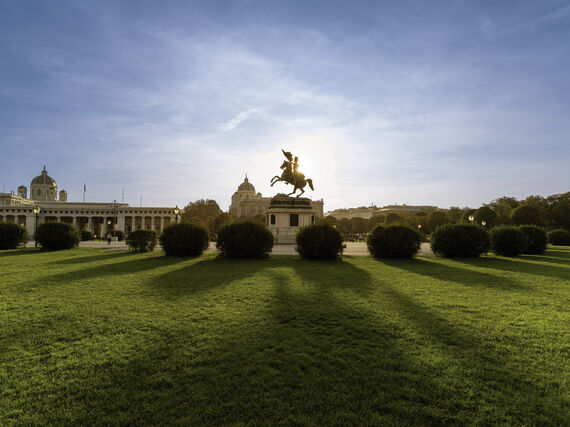
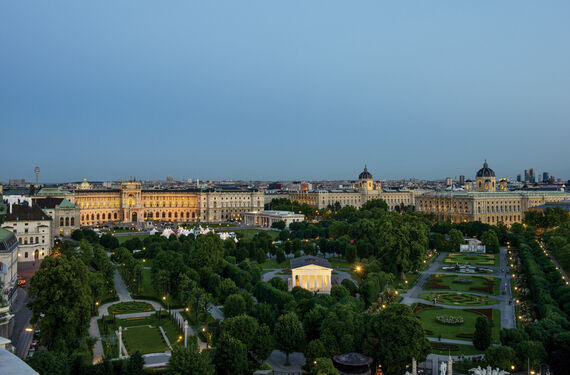
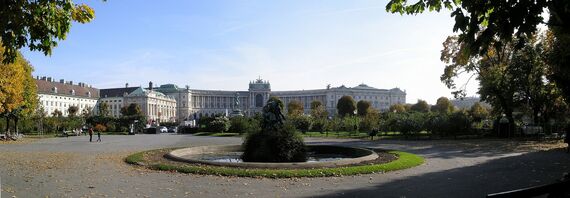
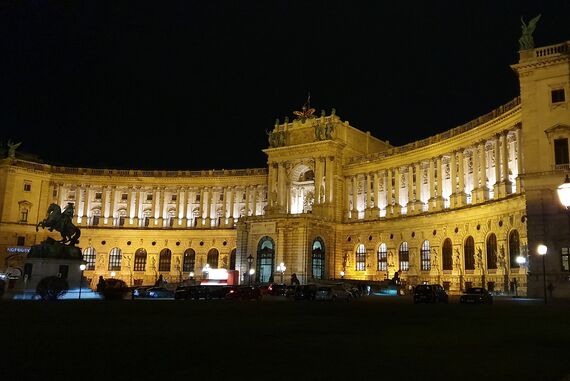
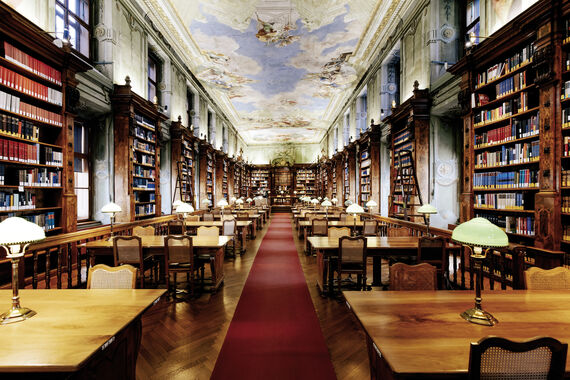
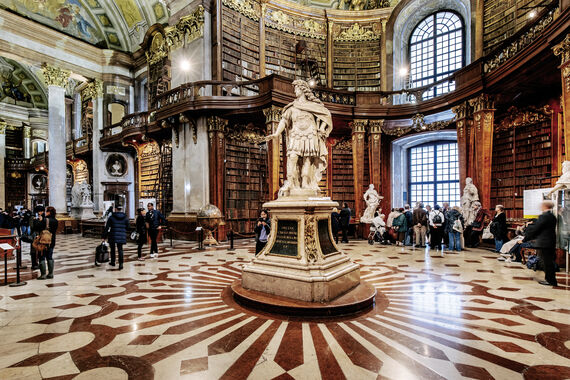
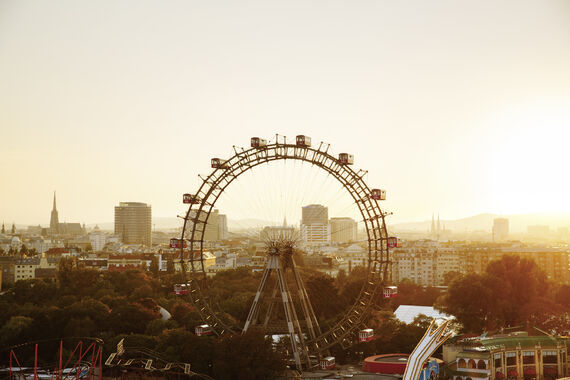
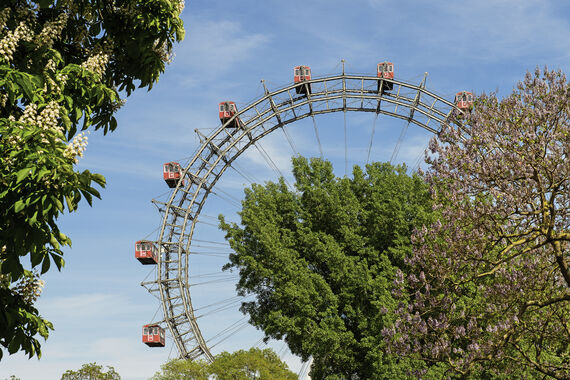
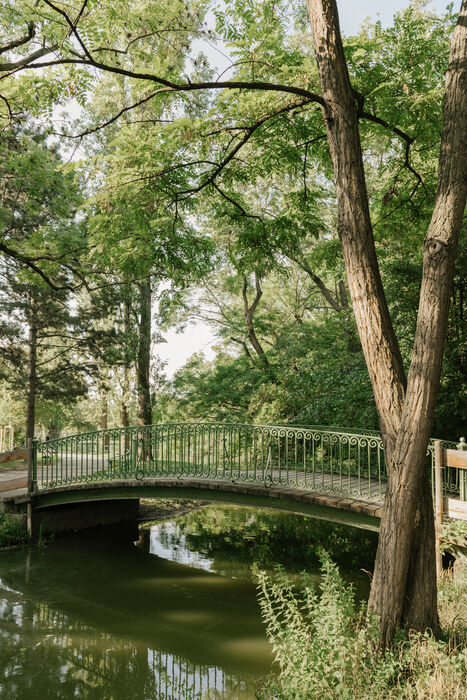
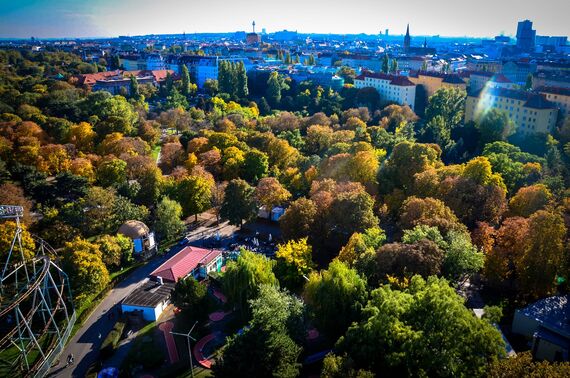
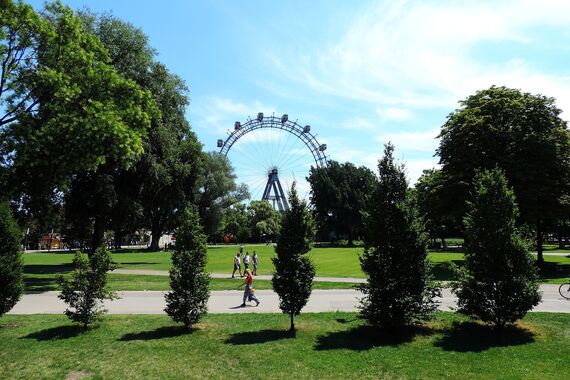
An amusement park for many, place of nostalgic dreams for some, oasis of greenery for almost everyone – and the location of the Giant Ferris Wheel, one of Vienna’s most famous symbols. Welcome to the Vienna Prater
The Prater: A playground for everyone
What would Vienna be without its Prater and what would the Prater be without its Giant Ferris Wheel? Probably like a visit to Vienna without a ride on the Giant Ferris Wheel: Half as nice as it could be.
Vienna’s famous Volksprater lies in the heart of the city in the district of Leopoldstadt and offers visitors the Giant Ferris Wheel erected in 1897 as well as many attractions such as carousels, halls of mirrors and laughter, ghost trains and rollercoasters, or the little Liliputbahn, on which visitors can enjoy a tour of the amusement park.
The Wurstelprater – as the park is still lovingly referred to by the Viennese – also has something to offer on the culinary front. A must for culinary globetrotters: The famous Vienna Schweinstelze (knuckle of pork) and the Lángos - a leavened dough specialty of Hungarian cuisine, which is brushed with lots of garlic water and eaten on the go.
Far away from it all in the middle of Vienna in the Prater
Of course, the Prater is not just a pleasure park. The Prater also includes the adjacent Stadtpark, considered one of the most beautiful in the world. Here, in the middle of nature in the heart of Vienna, visitors find themselves far from the hustle and bustle of the city. The landscape of water meadows was once a popular hunting ground of the Habsburgs. Today, visitors stroll along the Hauptallee, the main avenue that runs from the Praterstern to the Lusthaus beneath groups of poplars past meadows and dense undergrowth.
One of the biggest attractions in this part of the Prater is the chestnut blossom. While the trees flower in delicate shades of pink in May, the Hauptallee is filled with walkers and cyclists as well as joggers and riders, the children romp around on the playground and youngsters meet on the BMX and skating track or throw themselves into the sand on the beach volleyball courts.
In winter, the Jesuitenwiese meadow in Vienna’s Prater becomes a big playground. A snow-making machine provides enough of the white stuff for a proper snowball fight. In addition to cross-country trails, there is also a tobogganing hill, which was created from the ruins of houses bombed during the Second World War.
The former summer residence of the Habsburgs impresses with imperial ceremonial rooms, magnificent gardens, and a lavish virtual reality experience. Maria Theresia, Emperor Franz Joseph, Empress Elisabeth and others once resided at Schönbrunn Palace.
Schönbrunn Palace is one of Europe's most beautiful Baroque complexes and has been in the possession of the Habsburgs since 1569. The wife of Emperor Ferdinand II, Eleonore von Gonzaga, had a pleasure palace built on the site in 1642 and called the property "Schönbrunn" for the first time. The palace and garden complex created from 1696 onwards following the siege of Vienna was complete redesigned under Maria Theresia after 1743. Today, due to its historical significance, its unique layout and magnificent furnishings, the palace is a UNESCO World Heritage site.
1,441 rooms for Emperor Franz Joseph and "Sisi"
Emperor Franz Joseph was born in Schönbrunn Palace in 1830. The monarch spent the last years of his life here in their entirety. Schönbrunn Palace has a total of 1,441 rooms, 45 of which can be visited. The interiors are in the Rococo style. Mozart made music in the mirrored hall of Schönbrunn Palace as a six year-old prodigy. In the Round Chinese Cabinet, Maria Theresa held her secret conferences with State Chancellor Prince Kaunitz. Napoleon held conferences in the Vieux Lacque Room. And in the Blue Chinese Salon, Emperor Charles I signed his renunciation of government (end of the monarchy). The Millions Room, paneled with rosewood and decorated with valuable miniatures from India and Persia, ranks amongst the most beautiful Rococo rooms in existence. The Congress of Vienna convened in the Grand Gallery in 1814/15.
From hunting grounds to Baroque garden
Schönbrunn Palace park is open to visitors free of charge all year round and is home to impressive fountains, statues, monuments, trees and flowers as well as the magnificent Gloriette. The Imperial Carriage Museum, Crown Prince Garden, Orangery Garden, Maze & Labyrinth, Zoo, Palm House and Desert Experience House are also part of the palace park and can be visited for an admission fee.
Tip: Remember that Schönbrunn Palace is the most visited tourist attraction in Austria. You should therefore buy your ticket online in advance from the comfort of your home to avoid long lines at the ticket counter: www.imperialtickets.com
Find information about the imperial family Habsburg on "The World of Habsburgs"
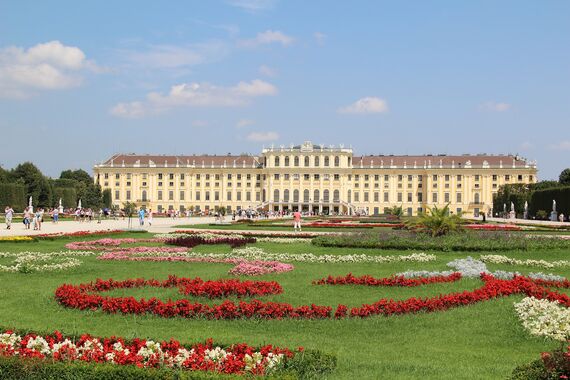
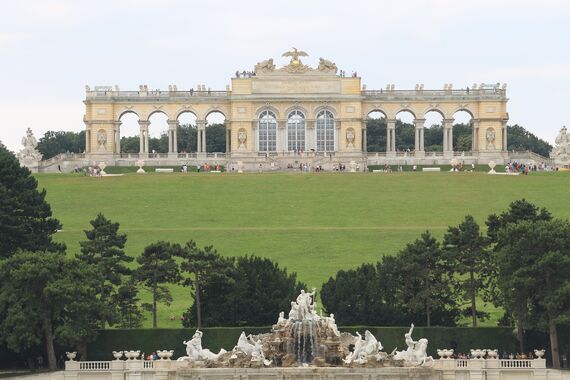
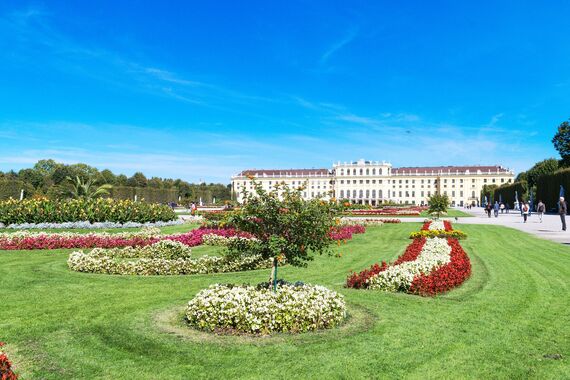
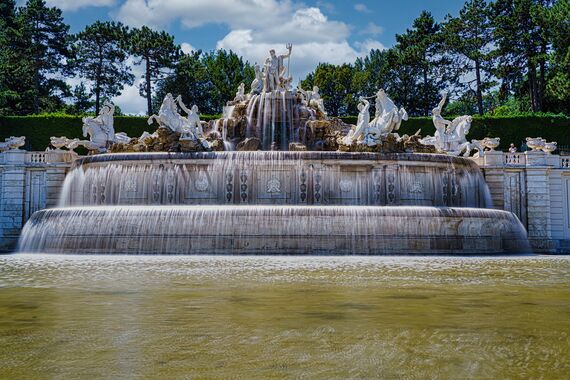
Tap Water
Open the tap, put a glass underneath and drink: Austria has one of the best water in the world, especially Viennese water, which is of outstanding quality and can be drunk without hesitation. It is regularly subjected to various quality controls.
Time zone
Vienna is in the Central European time zone (CET = GMT / UCT + 1). Daylight saving time applies from the last Sunday in March to the last Sunday in October (CEST).
Language
German is spoken in Austria, and the most commonly spoken foreign language is English.
Currency and Payment
The official currency in Austria is the Euro (EUR).
In Vienna, you can pay in various ways:
It's important to note that some smaller shops may only accept cash or may have a minimum spend for card payments.
Electricity
The typical mains voltage for households (as well as hotels) in Vienna is 230 volts (alternating current)
Climate and temperature
Vienna has a mild continental climate. Even if the occasional winter day is icy and some days in high summer can bring sweltering heat to the palaces of the old city, most days of the year the weather matches the residents of the city: friendly, mild and moderate in every respect.
Safety
Austria is actually one of the safest countries in the world. The crime rate is low and social security is high. The political system is extremely stable by international standards, and healthcare is even better than in most other EU countries.
In case you need help, here you find the
Emergency numbers:
Smoking
Smoking is prohibited without exception in all public indoor areas and the entire catering trade (pubs, dining rooms, bars, restaurants, kitchens, etc., which are located in hotels or accommodation establishments).
This also applies to all other areas available to guests, such as checkrooms, sanitary facilities, corridors, etc .